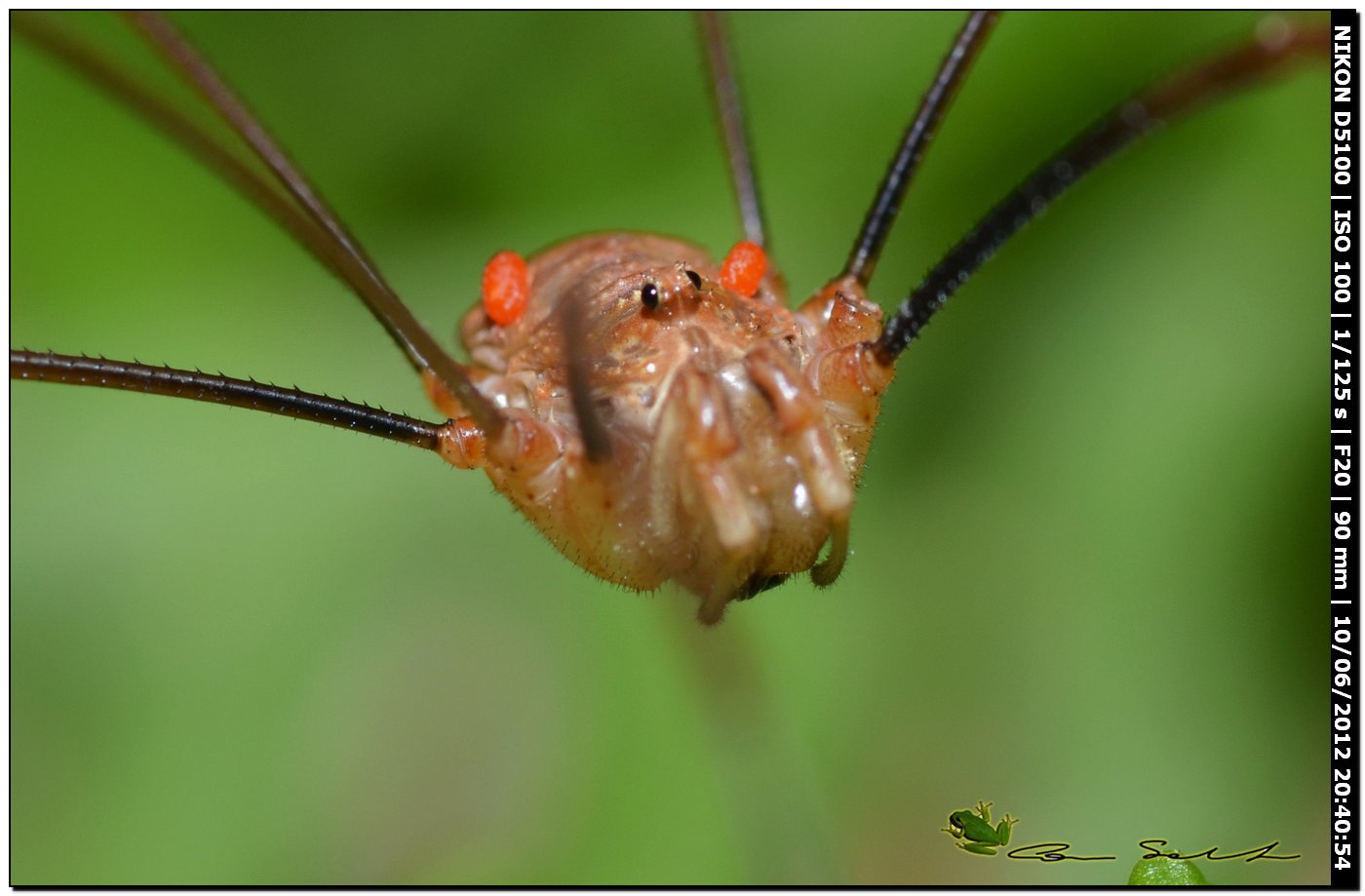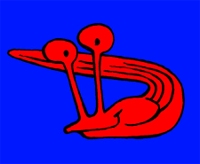|
|
|
|
|
Galleria Tassonomica
di
Natura Mediterraneo
|
 ATTENZIONE! Con tutti gli opilionidi è estremamente importante vedere l'oculario e la zona di fronte ad esso. Questo è vero in particolare per gli opilionidi a zampe corte nei quali il tridente è una caratteristica distintiva. ATTENZIONE! Con tutti gli opilionidi è estremamente importante vedere l'oculario e la zona di fronte ad esso. Questo è vero in particolare per gli opilionidi a zampe corte nei quali il tridente è una caratteristica distintiva.
Si dovrebbe misurare la lunghezza del corpo. Se è possibile scattare fotografie prese dall'alto e di lato. Naturalmente non dovrebbe mancare una semplice foto dorsale. Anche se sono la caratteristica più notevole degli opilionidi, le zampe possono essere ignorate senza problemi perché non hanno virtualmente alcun ruolo nella determinazione.
Per la maggior parte degli Opiliones si arriva ad una determinazione già con le foto. Le eccezioni sono Nemastomatidae ('i piccoli neri') e soprattutto Trogulidae, per i quali è meglio l'analisi del DNA.
|
|
| Autore |
 Discussione Discussione  |
|
|
torecanu
Moderatore
    

Città: Alghero
Prov.: Sassari
Regione: Italy

8969 Messaggi
Tutti i Forum |
|
|
torecanu
Moderatore
    

Città: Alghero
Prov.: Sassari
Regione: Italy

8969 Messaggi
Tutti i Forum |
 Inserito il - 11 giugno 2012 : 18:28:45 Inserito il - 11 giugno 2012 : 18:28:45


|
Immagine:

150,03 KB
|
Link |
 |
|
|
torecanu
Moderatore
    

Città: Alghero
Prov.: Sassari
Regione: Italy

8969 Messaggi
Tutti i Forum |
 Inserito il - 11 giugno 2012 : 18:28:58 Inserito il - 11 giugno 2012 : 18:28:58


|
Immagine:

140,72 KB
|
Link |
 |
|
|
Lars Friman
Utente Senior
   
Città: D-14806 Bad Belzig

680 Messaggi
Flora e Fauna |
 Inserito il - 25 giugno 2012 : 16:42:07 Inserito il - 25 giugno 2012 : 16:42:07


|
Moin Salvatore,
an interesting one, but totally unknown for me: Phalangiinae, because of the long and slender palps.
Lars Friman |
|
 |
|
|
Cmb
Moderatore
    

Città: Buers
Prov.: Estero
Regione: Austria

12844 Messaggi
Flora e Fauna |
 Inserito il - 18 ottobre 2012 : 21:46:11 Inserito il - 18 ottobre 2012 : 21:46:11


|
Link
ok, it bugged me and I checked a few samples of what Salvatore sent me. I found a couple of specimens identical to the picture and it is Dasylobus argentatus (the animals from Sardinia are specified as subspecies a. argentatus). Not Opilio but neither Phalangium. I honestly did not know Dasylobus very well, because of the lack of material. Maybe as an excuse: there are Opilio males in the same sending from Salvatore, that look very similar. Phalangium (at least all species in the area) should have had large modifications on the chelicerae, not to be seen in the picture.
D. argentatus males have these enlarged patella which are extended to the inner side, hairy and concave. Very faint to be seen in the first and third picture. Better in Marcellino (1970, Fig 6G; Opiliones Sicily).
Greetings and thank you Salvatore for this nice species that is new to me!
Axel |
"Good people don't go into government" (D. Trump)

Link - nothing is more dangerous than the truth - solo chi conosce il passato, può capire il presente! - nothing is more dangerous than the truth - solo chi conosce il passato, può capire il presente!
|
 |
|
| |
 Discussione Discussione  |
|
|
|
 Natura Mediterraneo Natura Mediterraneo |
© 2003-2024 Natura Mediterraneo |
 |
|
Leps.it | Herp.it | Lynkos.net
|

 Forum
|
Registrati
|
Msg attivi
|
Msg Recenti
|
Msg Pvt
|
Utenti
|
Galleria |
Map |
Forum
|
Registrati
|
Msg attivi
|
Msg Recenti
|
Msg Pvt
|
Utenti
|
Galleria |
Map |